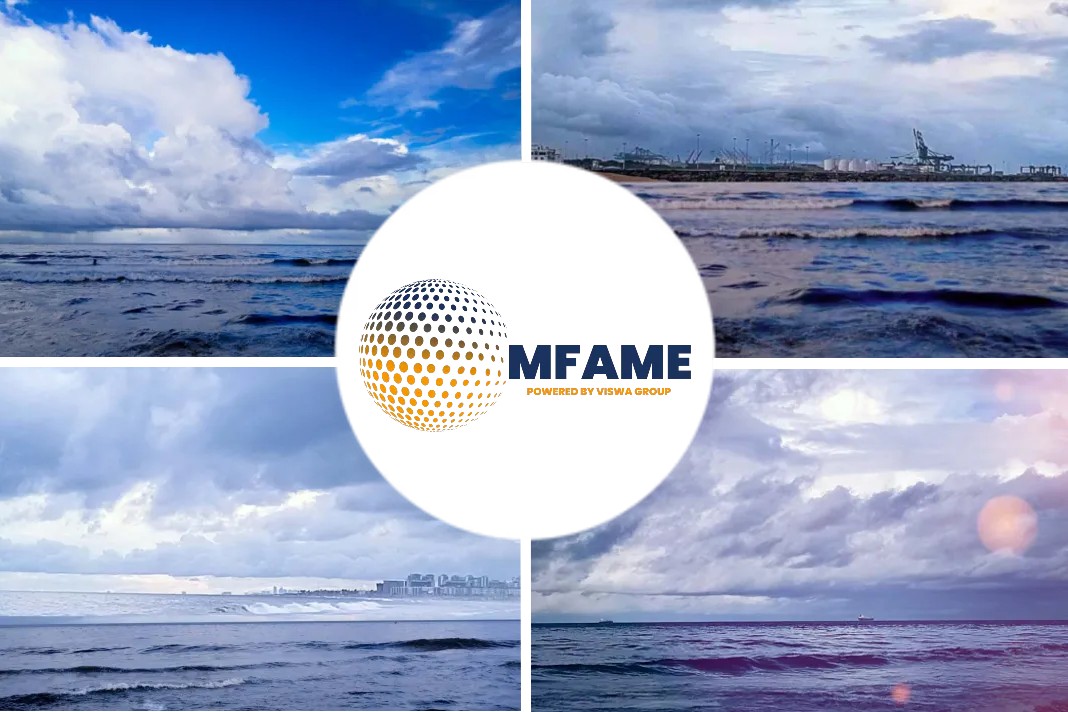
The use of uncrewed surface vessels (USVs), autonomous vessels, and maritime autonomous surface ships (MASS) has sparked a debate regarding their adoption and regulation. The application of artificial intelligence (AI) and smart marine technology in navigating and operating ships has raised questions about the importance of human experience and intuition versus computed logic based on data and algorithms. If Flight 1549 had solely relied on AI without Captain Sully’s experience, the outcome may have been different, as published on Marine Link.
AI – still a work in progress
Authors like Isaac Asimov and Ray Bradbury contemplated AI in their works. Bradbury envisioned a planet where daily life continued in an AI world without humans, while Asimov explored the challenges of creating robots capable of performing dangerous tasks while safely interacting with humans. Considering this, the role and future of USVs and MASS are being discussed. Although technology has long assisted humans, the complete supplanting of human judgment by artificial intelligence is still a work in progress.
An “autonomous vessel” is described in 1 U.S.C. 3 as anything that floats. It can be entirely self-guided or semi-autonomous with assistance. This encompasses a range of vehicles, from drones to ships equipped with autopilot and critical warning systems. As a society, we strive to automate vessels while maintaining ultimate control and determining how to regulate fully automated and/or remote-controlled ships. Discussions are underway regarding regulatory changes and guidelines.
Military applications are here
Autonomous vessels, including autonomous underwater vehicles (AUVs) and military maritime autonomous surface ships (MASS), are being utilized by various militaries worldwide. Israeli Aerospace Industries launched The Blue Whale, an AUV used for naval intelligence and detecting sea mines. Australia has allocated $700 million for advanced naval sea mines and smart weapons. The U.S. Navy, through the Ghost Fleet Overlord program, has been testing drone vessels both above and below the surface. The USNS Apalachicola, a 337-foot vessel with autonomous capabilities, was delivered for troop transport and Osprey aircraft operations.
The development of AUVs and military MASS raises questions about the traditional rules of engagement. However, there is limited public discussion regarding the military implications. On the commercial front, the development of uncrewed surface vessels (USVs) and MASS is progressing, and the scoping process is well underway.
Militaries globally are actively involved in the development and deployment of autonomous vessels, such as AUVs and MASS. This includes efforts by Israel, Australia, and the United States. The impact of these advancements on traditional rules of engagement is a topic of concern, albeit with limited public discussion in military circles. On the commercial side, the development of USVs and MASS is progressing, with ongoing scoping and planning efforts.
Commercial use in development
The development of automated vessels, fully automated vessels, and remote-controlled vessels in the commercial sector is gaining momentum. In 2022, there was a substantial investment of $3.9 billion in the autonomous ship business, and it is projected to reach $8.2 billion by 2030. The emergence of uncrewed surface vessels (USVs) and maritime autonomous surface ships (MASS) presents challenges to marine insurance, liability statutes, and the Rules of the Road.
To address these challenges, the U.S. Coast Guard (USCG) released the Unmanned Systems Strategic Plan (USSP) in March 2023, focusing on a risk-based approach, developing expertise, and international collaboration. A Maritime Workforce Guidebook was also introduced during the 2023 Singapore Maritime Week, highlighting the need for job redesign in response to the changing demands of automated and remote-controlled vessels.
The International Maritime Organization (IMO) has established a multinational working group to address safety, legal, and port issues related to MASS. They have engaged in scoping exercises to consider adapting COLREGs (Collision Regulations) for MASS. Discussions include the role of a human Master onboard or at a remote operations centre (ROC), licensing and certification of a ROC as a Master, and considerations for port operations.
Every nation is actively pursuing autonomous shipping, as it is no longer a fictional concept but a reality. Safety and efficiency are the primary goals of this technological advancement. The challenge lies in adapting existing maritime principles where applicable and establishing new laws and regulations through mutual recognition and agreement.
Throughout history, the maritime industry has successfully embraced technological advancements, from sails to engines, sextants to satellites, and parallel rulers to GPS networks. The industry’s ability to collaborate and adapt to a constantly evolving technological world has brought us to the present and paved the way for future developments.
Did you subscribe to our newsletter?
It’s free! Click here to subscribe!
Source: Marine Link





















